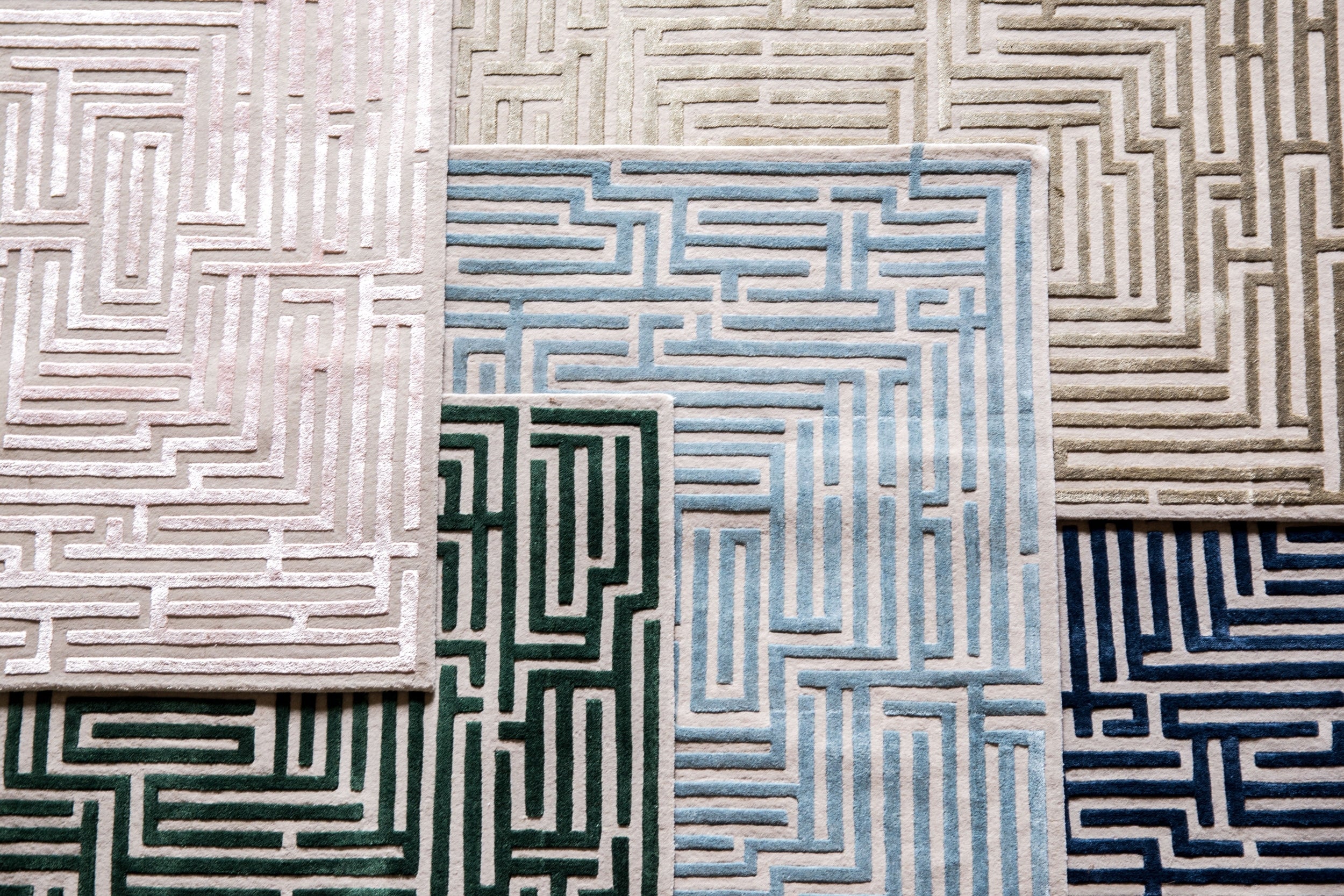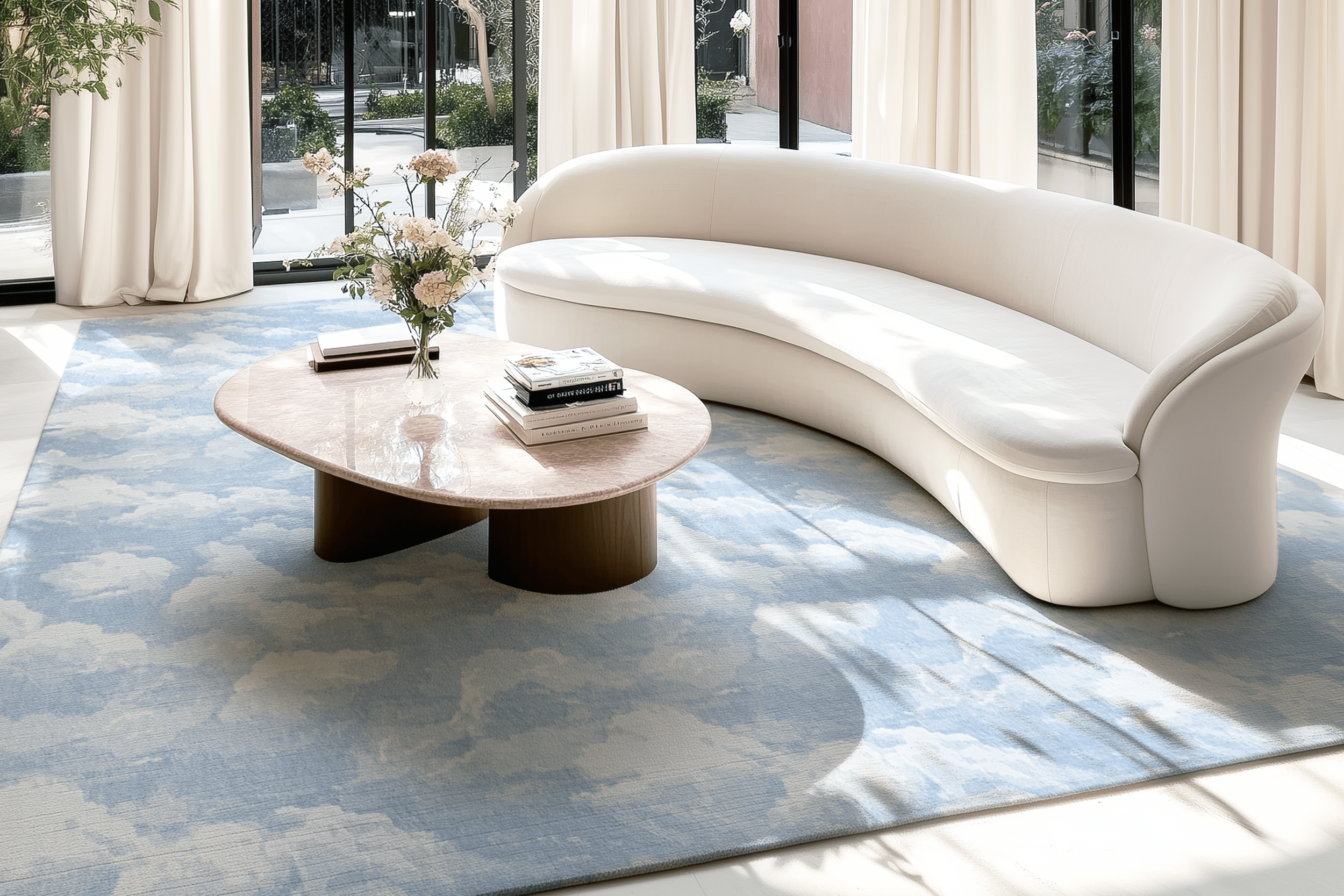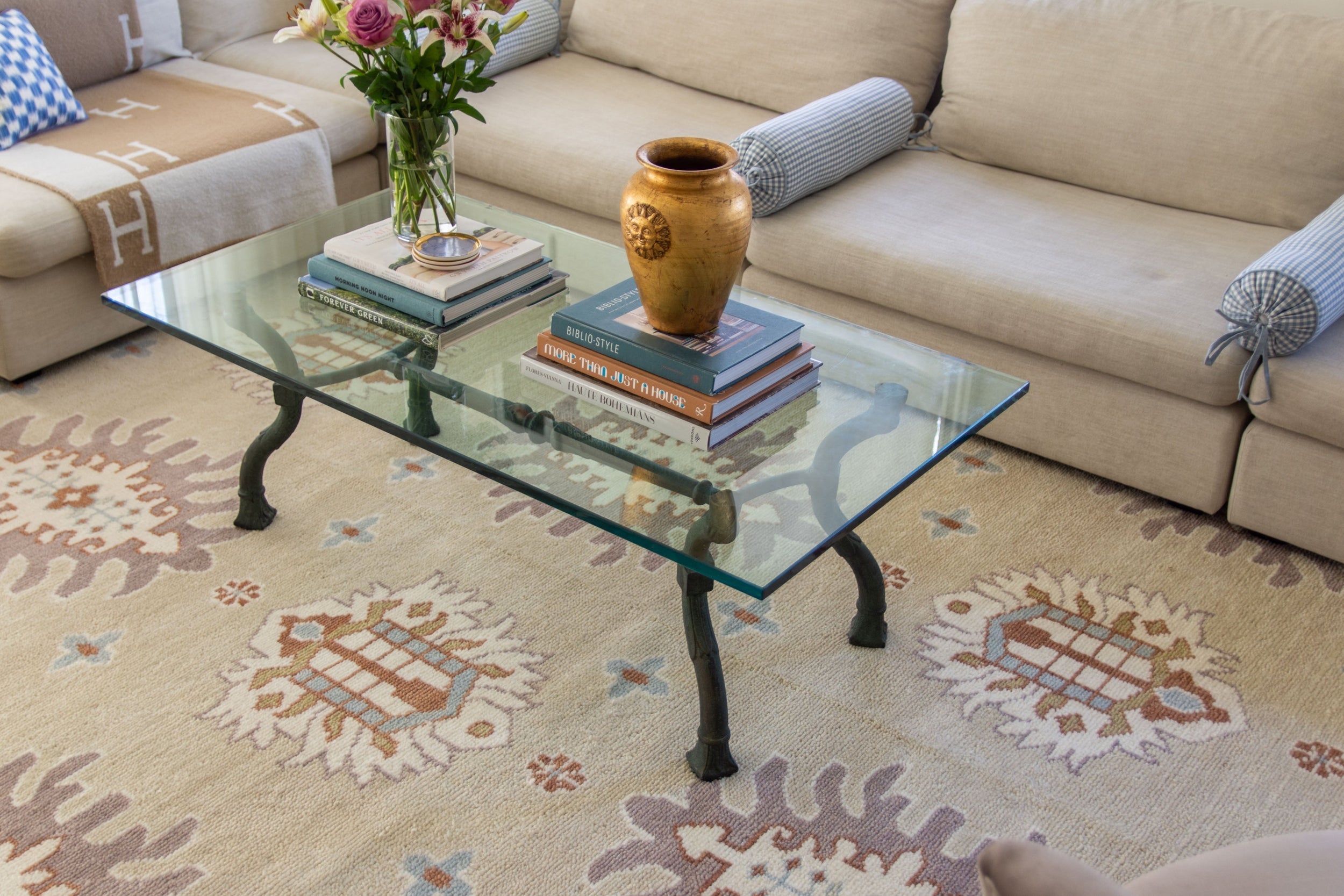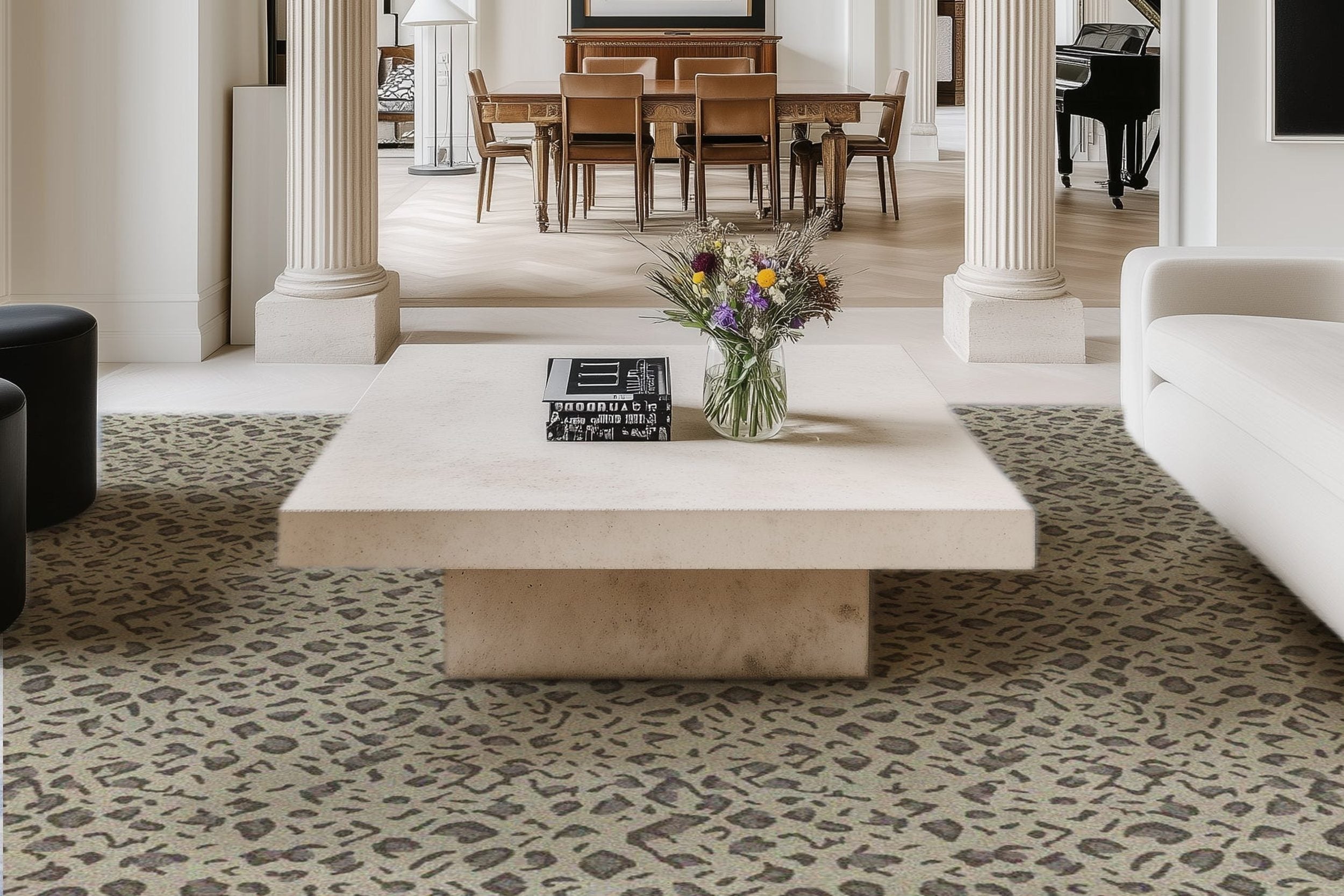The Crucial Link Between Roof Quality and Interior Ambiance
The quality of a roof does more than just protect a building from the elements; it plays a pivotal role in defining the interior ambiance of any space. A well-constructed roof ensures energy efficiency, adequate ventilation, and natural lighting, factors that collectively enhance the comfort and aesthetic appeal of the interior environment. In this discourse, we will explore the intricate ways in which roof quality affects the indoor experience, shedding light on why it should be a prime consideration in building design and maintenance.
Energy Efficiency and Roof Design
The correlation between roof quality and energy efficiency cannot be overstated. High-quality roofs incorporate materials and design elements that reflect the sun's rays in warmer climates and provide better insulation in cooler conditions. This means that during summer, a well-designed roof can help reduce the need for air conditioning, while in winter, it retains warmth, reducing heating requirements. This not only makes the indoor environment more comfortable but also significantly cuts down on energy costs.
Innovations like green roofing have taken energy efficiency to new heights. Green roofs, covered with vegetation, act as additional insulation layers and natural cooling systems. They absorb rainwater, provide shade, and help in reducing the urban heat island effect, further enhancing the energy efficiency of buildings.
Aesthetics and Design
The aesthetics of a roof contribute significantly to the overall visual appeal of a building and its interior ambiance. The choice of materials, colors, and design can complement the architectural style, creating a cohesive and attractive look. High-quality roofing materials can also offer versatility in design, allowing for customization that reflects the building's character and the occupants' taste.
In addition to their visual impact, the materials chosen for the roof can influence the acoustic properties of the interior space. For instance, heavier materials might offer better sound insulation, creating a quieter and more serene indoor environment, ideal for residential areas or places requiring tranquility. As the people from topnotchroofingkilleentx.com note, a skilled roofer not only installs a roof but ensures that every component, from the underlayment to the flashing, is meticulously placed and sealed. Quality workmanship not only enhances the aesthetics of your home but also contributes to the overall structural integrity.
Ventilation and Air Quality
Adequate ventilation is a crucial function of quality roofing. It allows for the natural flow of air, preventing moisture accumulation and ensuring healthy indoor air quality. Roofs designed with proper vents and openings facilitate this airflow, helping to regulate temperatures inside and prevent the growth of mold and mildew, which are detrimental to health.
Beyond basic ventilation, some roofing technologies include built-in solar vents that actively expel hot air from attics, reducing the load on HVAC systems. This ensures that the indoor environment remains comfortable and preserves the integrity of the roof structure by preventing heat and moisture damage.
Natural Lighting
The strategic use of skylights and solar tubes in roofing can dramatically alter the interior ambiance by enhancing natural lighting. This not only eliminates the need for artificial lighting during the day but also positively affects occupants' mood and productivity. Adequate natural light has been linked to reduced eye strain, improved mood, and even better sleep patterns.
The incorporation of these lighting solutions in roof design requires careful consideration to maximize their benefits without compromising energy efficiency. High-quality, energy-efficient glazing materials can ensure that skylights provide light while minimizing heat loss or gain, striking the perfect balance between natural light benefits and thermal performance.
Durability and Maintenance
The durability of a roof directly impacts the interior experience over the long term. A roof built with high-quality materials and craftsmanship can withstand harsh weather conditions, protecting the interior from leaks and damage. This durability ensures that the benefits of energy efficiency, ventilation, natural lighting, and aesthetics are preserved for years to come.
Regular maintenance further extends the lifespan of a roof and its ability to provide a comfortable indoor ambiance. Scheduled inspections and repairs prevent minor issues from escalating into significant problems, ensuring that the roof continues to function effectively in all its roles. This proactivity in maintenance not only saves on costly repairs but also ensures a consistently comfortable and safe indoor environment.
In conclusion, the quality of a roof is a foundational aspect of a building that impacts every facet of the interior ambiance and environment. From enhancing energy efficiency and improving air quality to contributing to the overall aesthetic and design, a well-constructed roof serves multiple critical functions. It protects against adverse weather while optimizing comfort and wellness for its occupants.
Understanding the significant role roofs play in our built environment is essential for architects, builders, and homeowners alike. Investing in high-quality roofing materials and maintenance not only elevates the living experience but also contributes to the longevity and sustainability of the structure. Therefore, prioritizing roof quality is not just a matter of structural necessity but a commitment to enhancing the quality of life for all who dwell within.
Browse by Category

Design Projects
Explore interiors from client work and personal renovations — layered, livable, and always in progress.
read more →
Collaborations
From product launches to styled spaces, discover the brand stories I’ve helped bring to life.
read more →
The Notebook
A growing archive of iconic designers, inspiring artists, and unforgettable design moments.
read more →
Travel by Design
Wander with a designer’s eye — from charming hotels and city guides to visual inspiration abroad.
read more →





